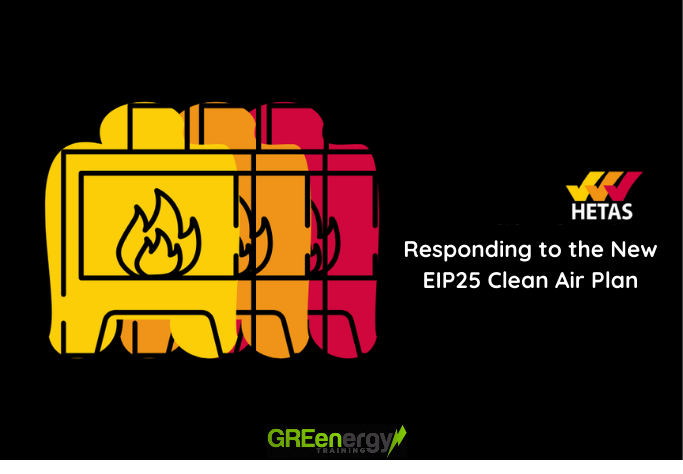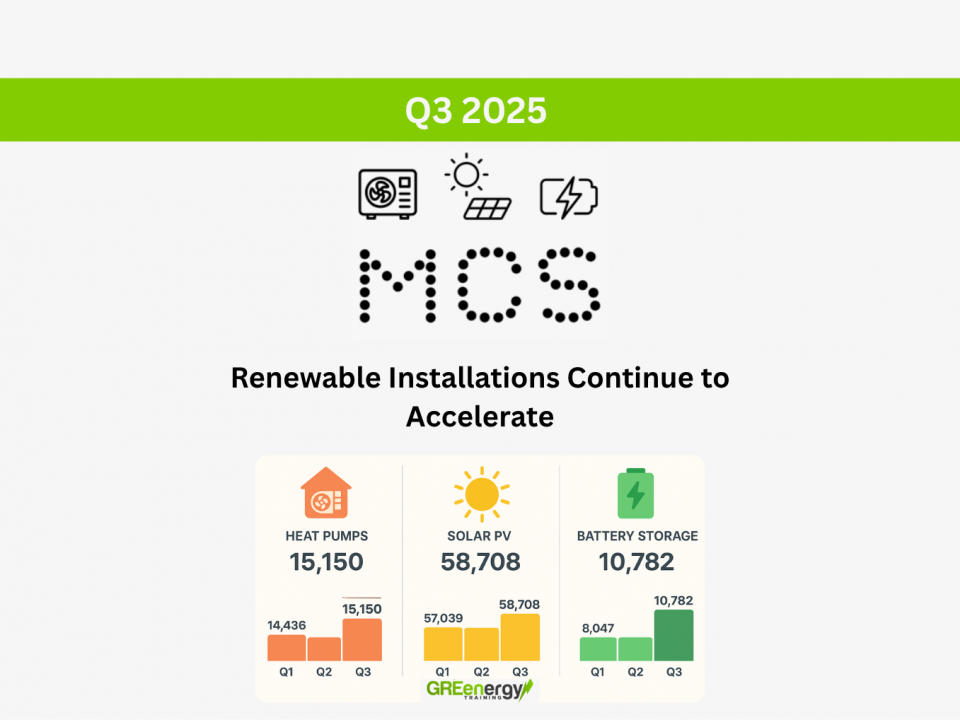
Key Drivers in the Continued Growth of Renewable Energy
June 27, 2024
Labour Election Victory. What It Means for the Renewable Energy Industry
July 5, 2024Like many of you reading this, we attended the Installer Show yesterday at the NEC in Birmingham. We had in depth talks with a vairety of manufacturers about the future of renewable heating, and even saw some of our past candidates at the show. All in all, it was an amazing day, and it was great to be surrounded by like minded individuals who have (mostly) openly adopted the future of heating. In today’s blog, we will explore the key takeaways from yesterday, and share where we think the direction of the market is heading.
Key Takeaways:
We started off our day by attending the Vaillant talk where a number of market insights were shared. These included the development of heat pumps, consumer consensus and of course where the installer comes in. The panel emphasised the need for heat pump installers, with an estimated 40,000 required to meet the installation targets, and they urged those who have not yet ventured into the renewable market do so, with it only taking 3-5 days for qualified individuals to become qualified in the installation of the systems.
The panel also talked about the market starting to exit the early adopters stage, with more consumers familiar with the systems and what to expect in relation to performance. This was expanded upon, with it being highlighted that we should set realistic expectations for the performance, and installation times of heat pumps (an opinion shared with many of the people we spoke to at the show.) There was also a key emphasis on installion quality, with it being the number one factor contributing to performance. Therefore, more than ever it is essential that installers seek proper training in the installation, design and maintenance of heat pumps, as the systems can only take you so far. As we have touched upon in a previous blog, there seems to be a general consensus around the importance of the design elements of training, relating back to low temperature hot water. Our prediction is this will continue to be a focus, with it being a pre curser to a quality installation, which of course results in higher or lower performance of heat pumps. Finally, the panel stated that refrigerants would become more prevalent, with their link to split units, and air to air systems, which are needed in some capacity to meet the ambitious installation targets. Therefore, F-gas training is another avenue many installers are venturing into to meet the growing demand.
It was apparent to us that we are in the process of exiting the stage where people need convincing about the efficacy of the systems, and are now at a stage of optimising the performance of the systems to maximise customer satisfation, which will in turn increase work for installers. Amongst all those we spoke to, there was a common theme, and driving force in this optimisation and it was centred around the installer. The emphasis on correct training, additional funding, and facilities to help installers was huge, and just shows how important this factor is in helping large companies and the government reach installation targets.
Doing Our Bit:
As always, we are doing our bit by ensuring candidates are trained to the highest possible standard, and our heat pump trainer Dean (who is a self confessed geek for heating) is beyond passionate about the topic, and he brings this enthusiasm on all his courses. We also provide City & Guilds Category 1 F-Gas course, BPEC Low Temperature Hot Water Course, and other 1 day courses such as WRAS, Unvented and Part-L. This provides the full scope of training needed for you to become qualified in the installation of the systems. There is still time to join the heating revolution, but the key is to take action now to give yourself enough time to gain the hands on experience required to become a more competent heat pump installer.




